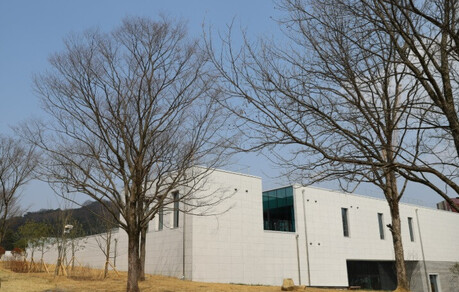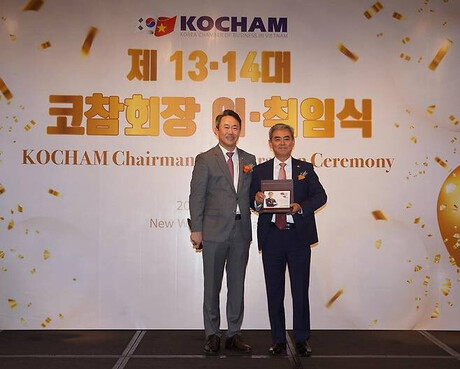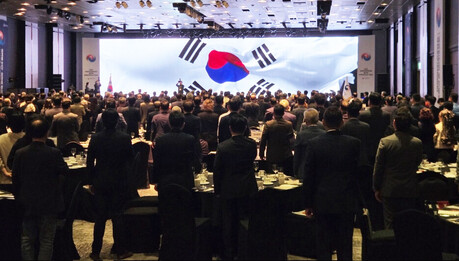
A major infrastructure project is underway in the CALABARZON region (Cavite, Laguna, Batangas, Rizal, Quezon), a key economic hub of the Philippines. The Luzon International Container Terminal (LICT), to be built in Bauan, Batangas, is expected to inject new life into the region's industrial development. This project is poised to be a significant turning point, strengthening the Philippines' economic growth engine and creating employment.
CALABARZON, the Philippines' Industrial Capital
CALABARZON is a critical economic area, accounting for roughly 17% of the Philippines' gross domestic product (GDP). Batangas, in particular, is often called the "industrial capital" of the Philippines due to its proximity to Metro Manila and its well-established industrial parks and ports. The importance of the Batangas port, which helps alleviate the overload on Manila International Port and serves as a logistics hub for Southern Luzon, is growing daily. The LICT is strategically located to complement and expand the role of the existing Batangas port.
Mega-Terminal to Maximize Economic Ripple Effects
Targeting operation in 2028, the LICT is being developed by International Container Terminal Services Inc. (ICTSI). ICTSI is a global company that operates port businesses in 18 countries, including the Port of Manila, and their expertise increases the project's chances of success.
The LICT, scheduled for completion in 2027, is designed to handle 2 million TEUs (Twenty-foot Equivalent Units) annually, making it the second-largest container terminal in the Philippines. With facilities capable of accommodating mega-container ships, it is expected to relieve congestion at the Port of Manila and maximize logistics efficiency.
Transportation Secretary Vince Dizon emphasized that the LICT will "further solidify the CALABARZON region's status as the country's industrial capital" and "promote the creation of new industrial estates and attract factories, generating a significant number of jobs." The expansion of port and logistics infrastructure will naturally attract investment in related industries, creating a virtuous cycle of regional economic growth.
Improving Logistics Efficiency and Alleviating Traffic Issues
While the construction of a large-scale port can inevitably cause traffic congestion, the authorities are also preparing countermeasures. To address the concerns of Bauan residents, there are plans to build a dedicated access road from the terminal to the STAR Tollway. This road will allow trucks to enter the port directly, minimizing traffic congestion on local roads. Additionally, the LICT will help ease vessel congestion at both Manila and Batangas ports, improving the efficiency of the entire Philippine logistics system.
A Strategic Investment for the Future of the Philippine Economy
The LICT project is part of President Ferdinand Marcos Jr.'s policy to "revitalize regional trade and strengthen supply chains." This reflects the government's determination to achieve balanced regional development by moving away from a Manila-centric economic structure. If the project proceeds as planned, the Philippines will have a more robust logistics infrastructure, allowing it to establish itself as a crucial trade hub in Southeast Asia.
Of course, large-scale infrastructure projects do not always proceed smoothly. They can face various challenges, such as environmental issues, resident displacement, and funding. However, the LICT will be a crucial test to maximize the economic potential of the CALABARZON region and provide more opportunities for the Filipino people. All eyes will be on 2028, when the LICT begins full operation, to see if it marks a new leap forward for the Philippine economy.
[Copyright (c) Global Economic Times. All Rights Reserved.]






























